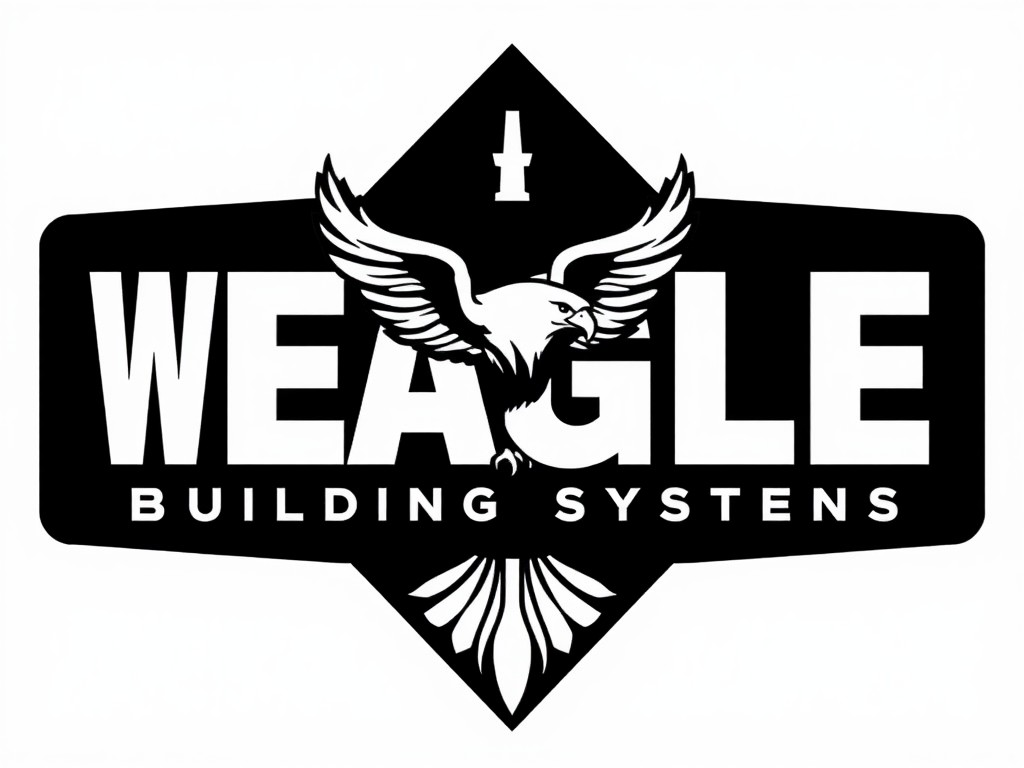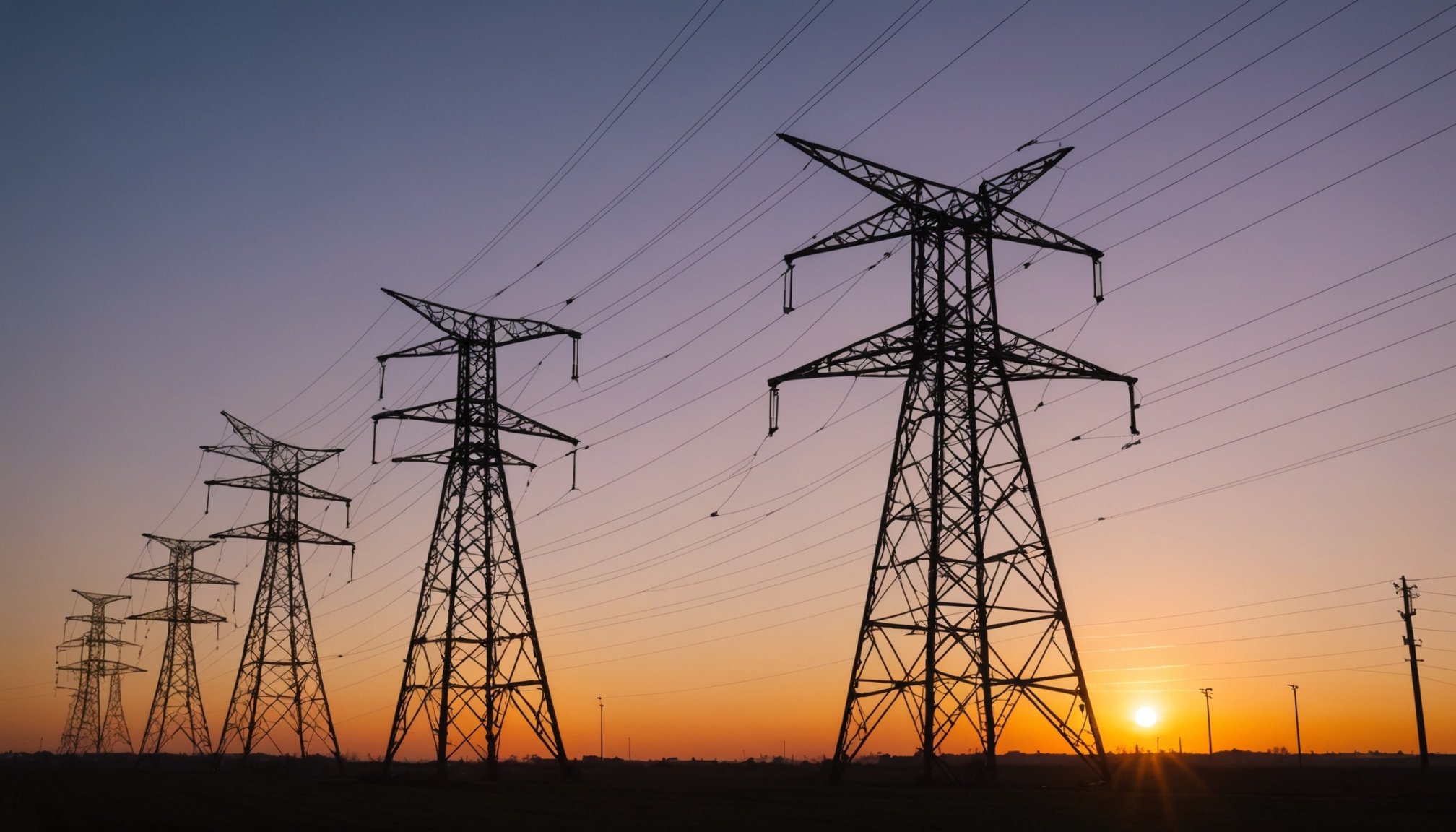Unlocking the Advantages of Smart Grid Technology for Enhanced Energy Distribution in the UK
What are Smart Grids?
Smart grids are advanced electricity networks that utilize digital technologies, sensors, and software to better match the supply and demand of electricity in real time. This technology is crucial for managing the increasing complexity of modern energy systems, particularly as the UK and other countries transition towards cleaner, more sustainable energy sources.
“Smart grids are electricity networks that use digital technologies, sensors and software to better match the supply and demand of electricity in real time while minimizing costs and maintaining the stability and reliability of the grid,” explains the International Energy Agency (IEA).
This might interest you : 2023 Breakthroughs in Anti-Aging Research: What the UK Discovers
The Importance of Smart Grids in the Energy Transition
The transition to clean energy is driving significant changes in how electricity is generated, distributed, and consumed. Smart grids play a pivotal role in this transition by enabling the efficient integration of renewable energy sources, such as wind and solar power, into the existing grid.
Managing Variable Renewables
Renewable energy sources like wind and solar are variable, meaning their output can fluctuate based on weather conditions. Smart grids help manage this variability by providing real-time data on energy supply and demand. This allows for better forecasting and optimization of energy distribution.
Also read : Exploring the Cutting-Edge Trends in Drone Delivery Services Transforming the UK”s Logistics Sector
“For instance, in December 2023, renewable electricity generation in the UK reached 30.1 TWh in the 3rd quarter, marking a 6.8% increase compared to the corresponding period in 2022. Smart grid communications are essential for efficiently integrating this renewable energy into the current electricity grid,” notes a report by The Business Research Company.
Enhancing Grid Resilience
Smart grids improve the resilience of power networks by enabling real-time monitoring and control. This allows for quicker response times to system failures and prevents cascading power outages.
“Real-time knowledge of system health through the use of smart grid technologies allows for fuller utilization of existing resources, enables networks to operate closer to their true limits without sacrificing reliability, and makes it easier to contain system failures into smaller areas,” highlights the IEA.
Key Components of Smart Grid Technology
Smart grids are composed of several key components that work together to optimize energy distribution.
Wired and Wireless Communications
Smart grid communications can be wired or wireless, each with its own set of solutions and applications. Wired communications use physical cables to transmit data, while wireless communications use radio waves or other wireless technologies.
- Wired Communications: Utilize physical cables or wires to transmit data. Solutions include wide area networks (WAN), home area networks (HAN), and field area networks (FAN).
- Wireless Communications: Use wireless technologies for data transmission. This is particularly useful in areas where laying physical cables is impractical.
Advanced Metering Infrastructure (AMI)
AMI, including smart meters, is a critical component of smart grids. Smart meters provide real-time meter data, enabling better management of energy supply and demand.
“Smart meters have advanced significantly in recent years, even reaching 100% deployment in some economies. However, in many countries, the share is still very low,” notes the IEA.
Distributed Energy Management Systems (DERMS)
DERMS are digital tools that exploit the potential of flexibility resources such as small-scale renewables, electric vehicle charging points, and battery energy storage systems. These systems help distribution system operators (DSOs) optimize their long-term investments and manage local network issues.
“DERMS can help DSOs to optimize their long-term investments, considering the flexibility potential of Distributed Energy Resources (DER) as an alternative to network reinforcement,” explains the IEA.
Projects and Initiatives in the UK
The UK is actively involved in various projects and initiatives aimed at enhancing smart grid technology and achieving net zero emissions.
Prospering from the Energy Revolution Programme
This programme, funded by UK Research and Innovation (UKRI), aimed to explore the potential of smart local energy systems. It included over 80 projects across the UK, focusing on integrating energy supply, storage, and use at a local and regional level.
“The programme asked: what if we could bring together energy supply, storage and use to create energy-smart places, enabled by the latest technologies? Could we balance supply and demand locally, improve flexibility and resilience, save costs and carbon, and create new ways of living with energy?” describes Innovate UK Business Connect.
Specific Projects
Several projects under this programme and others are noteworthy for their innovative approaches:
- Cross Vector Energy Hub: This project involves designing and implementing a multi-vector (gas plus electricity) energy hub to optimize devices across a whole system, increasing resilience, operating efficiency, and hosting coordination.
- HeatNet: This project focuses on developing novel machine learning tools to manage power loads from heat pumps and regulate voltage drops at the grid edge, accelerating the electrification of heat and improving voltage quality and network reliability.
- Rural Energy and Community Heat: This project works with rural community energy groups to develop a modular rural energy centre, offering shared low-carbon heating, rapid electric vehicle charging, and renewable generation in areas with limited electricity network capacity.
Benefits for Customers and the Environment
Smart grid technology offers numerous benefits for both customers and the environment.
Improved Energy Efficiency
Smart grids enable better management of energy supply and demand, reducing energy waste and improving overall efficiency.
“Smart grid technologies can help to make grids more resilient and reliable, and can also help to reduce the need for costly new grid infrastructure,” notes the IEA.
Enhanced Customer Experience
With real-time data and smart meters, customers can have more control over their energy use, making informed decisions to reduce their energy consumption and costs.
“Smart meters provide customers with the visibility and control needed to manage their energy use effectively, allowing them to choose optimal times for energy consumption and reduce peak load power generation and distribution requirements,” explains The Business Research Company.
Environmental Benefits
The integration of renewable energy sources and the optimization of energy distribution through smart grids contribute significantly to reducing carbon emissions and achieving net zero goals.
“The rise in demand for renewable energy is driving the growth of the smart grid communications market, as renewable energy systems rely heavily on smart grid communications to efficiently integrate into the current electricity grid,” highlights The Business Research Company.
Challenges and Future Directions
While smart grid technology offers many advantages, there are also challenges to be addressed.
Digital Infrastructure
The digitalization of the distribution grid is still lagging in many countries, limiting the availability of real-time information. Investing in digital infrastructure, such as smart meters and automation of substations, is crucial for the full implementation of smart grid technologies.
“Innovative digital infrastructure is gaining prominence in electricity grids, both in distribution and transmission, with around 7% growth in investment in 2022 compared to 2021,” notes the IEA.
Regulatory Frameworks
Legal and regulatory frameworks need to support the adoption of smart grid technologies. Integrated planning processes and adequate remuneration for smart grid deployment are essential for avoiding under-investment and bottlenecks.
“Legal and regulatory frameworks should shape a change in mindset, avoiding the risks of under-investment and bottlenecks by improving integrated planning processes and establishing adequate remuneration to incentivise smart grid deployment,” advises the IEA.
Practical Insights and Actionable Advice
For those interested in leveraging smart grid technology, here are some practical insights and actionable advice:
Invest in Smart Meters
- Implementing smart meters can provide real-time meter data, enabling better management of energy supply and demand.
- “Smart meters have advanced significantly in recent years, and their deployment is a key step in smart grid development,” notes the IEA.
Utilize Distributed Energy Management Systems
- DERMS can help optimize long-term investments and manage local network issues.
- “DERMS can exploit the potential of flexibility resources such as small-scale renewables and battery energy storage systems,” explains the IEA.
Engage in Local Energy Initiatives
- Participate in local energy projects and initiatives that focus on integrating energy supply, storage, and use.
- “The Prospering from the Energy Revolution programme is a great example of how local energy systems can be developed and integrated,” describes Innovate UK Business Connect.
Smart grid technology is a cornerstone of the UK’s journey towards a net zero future. By leveraging advanced digital technologies, sensors, and software, smart grids can optimize energy distribution, enhance grid resilience, and integrate renewable energy sources efficiently.
As the UK continues to invest in smart grid initiatives and projects, it is clear that this technology will play a vital role in shaping the future of energy distribution. Whether you are a consumer looking to manage your energy use more effectively or a business seeking to integrate renewable energy sources, smart grid technology offers a promising path forward.
Table: Key Components and Benefits of Smart Grid Technology
| Component | Description | Benefits |
|---|---|---|
| Wired and Wireless Communications | Use physical cables or wireless technologies for data transmission. | Enables real-time communication and data exchange. |
| Advanced Metering Infrastructure (AMI) | Includes smart meters providing real-time meter data. | Improves energy efficiency, enhances customer control over energy use. |
| Distributed Energy Management Systems (DERMS) | Exploits flexibility resources like renewables and energy storage. | Optimizes long-term investments, manages local network issues. |
| Smart Meters | Provide real-time data on energy consumption. | Enhances customer experience, reduces energy waste. |
| Digital Infrastructure | Includes automation of substations, deployment of sensors and monitoring devices. | Improves grid resilience, enables real-time monitoring and control. |
| Renewable Energy Integration | Integrates renewable energy sources into the grid. | Reduces carbon emissions, supports net zero goals. |
Detailed Bullet Point List: Benefits of Smart Grid Technology
-
Improved Energy Efficiency:
-
Optimizes energy supply and demand in real time.
-
Reduces energy waste through better management.
-
Enhances overall efficiency of the grid.
-
Enhanced Customer Experience:
-
Provides real-time data on energy consumption through smart meters.
-
Allows customers to make informed decisions about energy use.
-
Enables customers to choose optimal times for energy consumption.
-
Environmental Benefits:
-
Integrates renewable energy sources efficiently.
-
Reduces carbon emissions and supports net zero goals.
-
Promotes sustainable energy practices.
-
Grid Resilience:
-
Enables real-time monitoring and control of the grid.
-
Prevents cascading power outages by containing system failures.
-
Improves the reliability of power networks.
-
Economic Benefits:
-
Reduces the need for costly new grid infrastructure.
-
Optimizes long-term investments through DERMS.
-
Provides economic incentives for smart grid deployment through regulatory frameworks.
Quotes from Experts
- “Smart grids are essential for managing the transition to clean energy while reducing the need for costly new grid infrastructure and making grids more resilient and reliable.” – International Energy Agency (IEA)
- “The rise in demand for renewable energy is driving the growth of the smart grid communications market, as renewable energy systems rely heavily on smart grid communications to efficiently integrate into the current electricity grid.” – The Business Research Company
- “The Prospering from the Energy Revolution programme is a great example of how local energy systems can be developed and integrated to create energy-smart places.” – Innovate UK Business Connect











